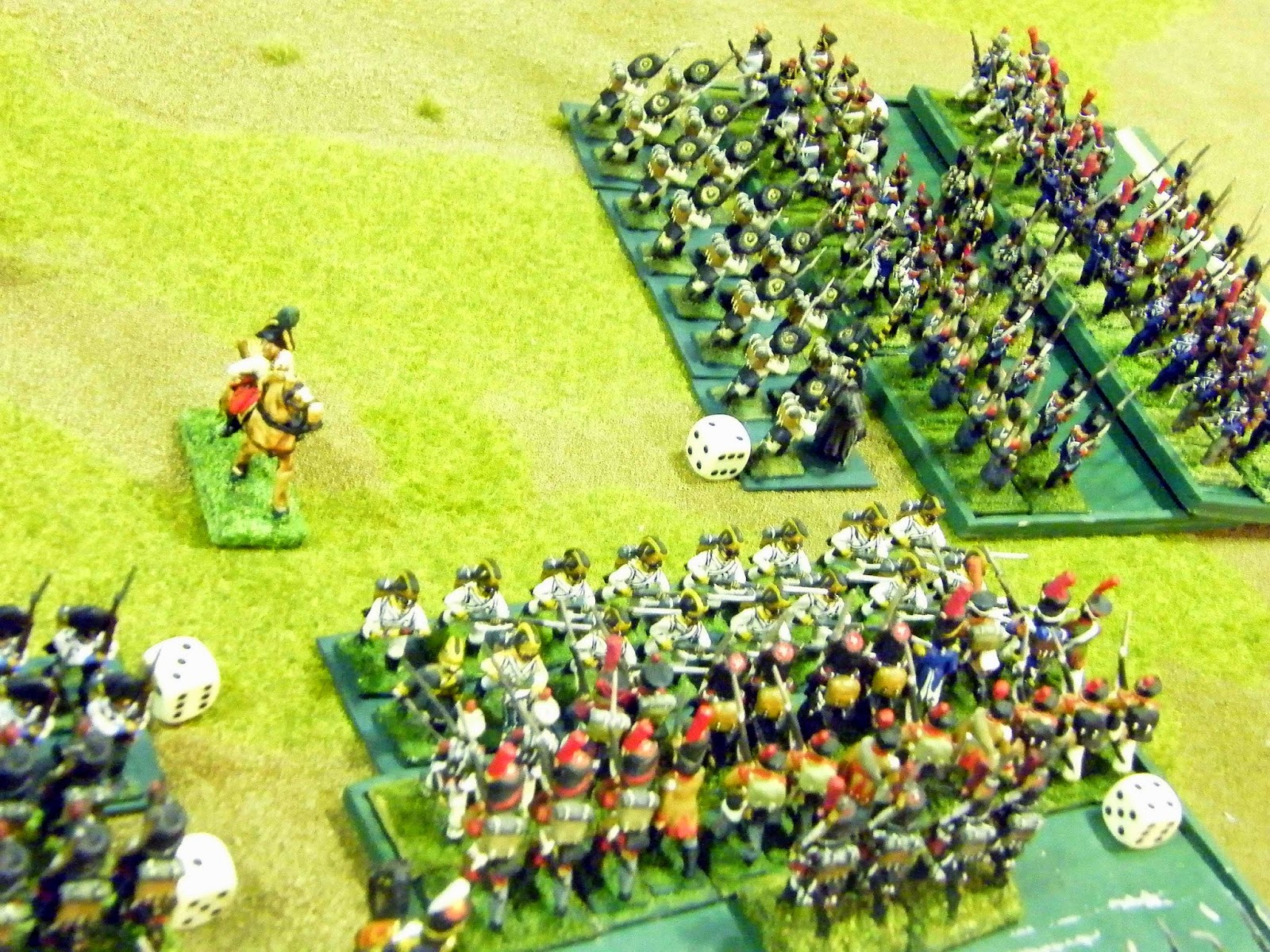On 9 February 1806, Marshal
Masséna as commander of the French Army of Italy (well Joseph Bonaparte was
nominal commander, the pattern is set here that would later happen in Spain) invaded
the Kingdom of Naples.
King Ferdinand IV of the
Kingdom of the Two Sicilies had promised to be neutral during the war of the Third Coalition, thus securing Napoleon’s
southern flank and his Italian
Kingdom
During
the campaign in Germany Napoleon learned of the British and Russians landing troops
in the Neapolitan kingdom, thus breaking the kingdoms neutrality (even though
Ferdinand confused his blamelessness).
So
we start our campaign at this point with the French making the first move on
the 9th February 1806 (winter).
The
French have three corps I, II and IV Corps (with French and Italian troops) of
the Army of Italy with two I & IV in Rome and II Corps in Ancona
(however because Ancona does not appear on the map we are using this corps will
start at Fermo on the 11th February).
As
for the Allies there is the Neapolitan Army (they favour building prepared
positions like the Russians) both it’s regulars and militia and well as the
British and Russians, there has also been added an Austrian Division (the
commander has not received the news of the signing of the Treaty of Pressburg
on the 26th December and does not believe the French when they sent
the news), so he will fight, for now.
The
British and Neapolitans start at Fondi on the west coast (the main
theater) on the road from Rome via Terracina via Capua to Naples.
The
Russians and Neapolitans are at Pescara on the east coast, with the
Austrians with Russian support at Aquila.
The
Allies seek to keep the French from over running the Kingdom of the Two
Sicilies both the mainland part (Kingdom of Naples) and island part (Kingdom of
Sicily).
The
French of course want all of both kingdoms as the new Kingdom of Naples for
Joseph Bonaparte as King.
The French objectives
are on the west coast as follows:
Gaeta
Fortress, either capture or blockade.
Reggio
And
the destruction of the Allied forces.
The French objectives
are on the east coast as follows:
Otranto
And
the destruction of the Allied forces.
The
Allied objectives are to hold the above mention French objectives and the
halting and or destruction of the French forces and as a consequence being a
threat to the Napoleonic Kingdom of Italy.
The
rules we are using for this campaign are Blackpowder.
The
average size infantry units will be 16-24 (4-6 bases) figures
Small
is under 16 (4) and Large over 24 (6) figures.
The
average cavalry units will be 9-18 figures.
Small
is under 9 and Large is over 18 figures.
Batteries
are under BP a single gun & crew.
What
we will have is 1 gun & crew represent 6 gun batteries
2
guns & crew represent 8 gun batteries
3
guns & crew represent sent 12 & 14 gun batteries.
There
will be Victory Points (VP) for battle field objectives as well as for units
removed from the field by shooting or hand-to-hand but not for shaken units.
The
event cards will also be used.
There
are only two players doing the map moves
French - Robert
Allied - Steve M
Infantry
move at 10 miles per day max
Cavalry
move at 20 miles per day max
Couriers
move at 40 miles per day max
These movement rates will be halved in bad weather.
While
French units will be represent by French figures
Italian
units by Italian where we can and Westphalian to make up when needed.
British
units by British figures.
Russian
units by Russian figures.
Austrian
units by Austrian figures.
Neapolitan
units by Spanish & Austrian figures (as this army modeled it’s uniforms
after Austria and Spain
This
campaign should not be over long.
The first battle took place at the club on the 18th May 2014.
Campaign time 15th February 1806.
Umpire
There have four battles so far with the French winning the first three battles and tactical draw on the fourth.
The next game will take place at Salerno for the February 2015 game day.
The next game will take place at Salerno for the February 2015 game day.




























